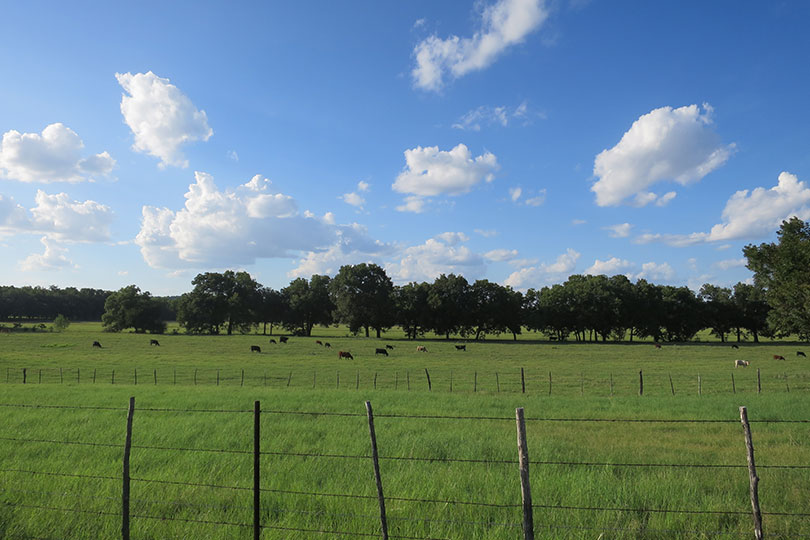The U.S. Department of Agriculture (USDA) reminds farmers with perennial forage crops of an option to report their acreage once, without having to report that acreage in subsequent years, as long as there are no applicable changes on the farm. Interested farmers can select the continuous certification option after USDA’s Farm Service Agency (FSA) certifies their acreage report.
“FSA’s continuous certification option simplifies future acreage reporting of perennial crops, and it can also help streamline the application process for many of our farm programs, including disaster assistance programs,” FSA Administrator Zach Ducheneaux said. “For example, when persistent drought conditions over the past year affected livestock producers in the West and Great Plains, producers who had previously filed a continuous acreage report were able to benefit from a streamlined application process for the Livestock Forage Disaster Program.”
An acreage report documents a crop grown on a farm or ranch and its intended uses, including perennial crops like mixed forage, birdsfoot trefoil, chicory/radicchio, kochia (prostrata), lespedeza, perennial peanuts and perennial grass varieties.
To access many USDA programs, farmers must file an accurate and timely acreage report for all crops and land uses, including failed acreage and prevented planting acreage.
The perennial crop continuous certification process requires a farmer to initially complete an acreage report certifying the perennial crop acreage. The farmer may select the continuous certification option any time after the crop is certified. Once the continuous certification option is selected, the certified acreage will roll forward annually and does not require additional action on the farmer’s part in subsequent years unless the acreage report changes.
Once a farmer selects continuous certification, then continuous certification is applicable to all fields on the farm for the specific crop, crop type and intended use. If continuous certification is selected by any farmers sharing in the crop, then the continuous certification is applicable to fields in which the farmer has a share for the specific crop, crop type and intended use.
“Currently, less than half of the 336.5 million acres of perennial forage is being reported using the continuous certification process,” Ducheneaux said. “Producers can help streamline the reporting process by selecting continuous certification after filing their crop acreage report.”
Farmers can opt out of continuous certification at any time. The continuous certification will terminate automatically if a change in the farming operation occurs.
How to file a report
To file a crop acreage report, farmers need to provide:
- Crop and crop type or variety.
- Intended use of the crop.
- Number of acres of the crop.
- Map with approximate boundaries for the crop.
- Planting date(s).
- Planting pattern, when applicable.
- Producer shares.
- Irrigation practice(s).
- Acreage prevented from planting, when applicable.
- Other information as required.
More information
Farmers can contact their local FSA office to see if their crops are eligible for continuous certification or to make an appointment. Farmers can make an appointment to report acres by contacting their local USDA Service Center.

